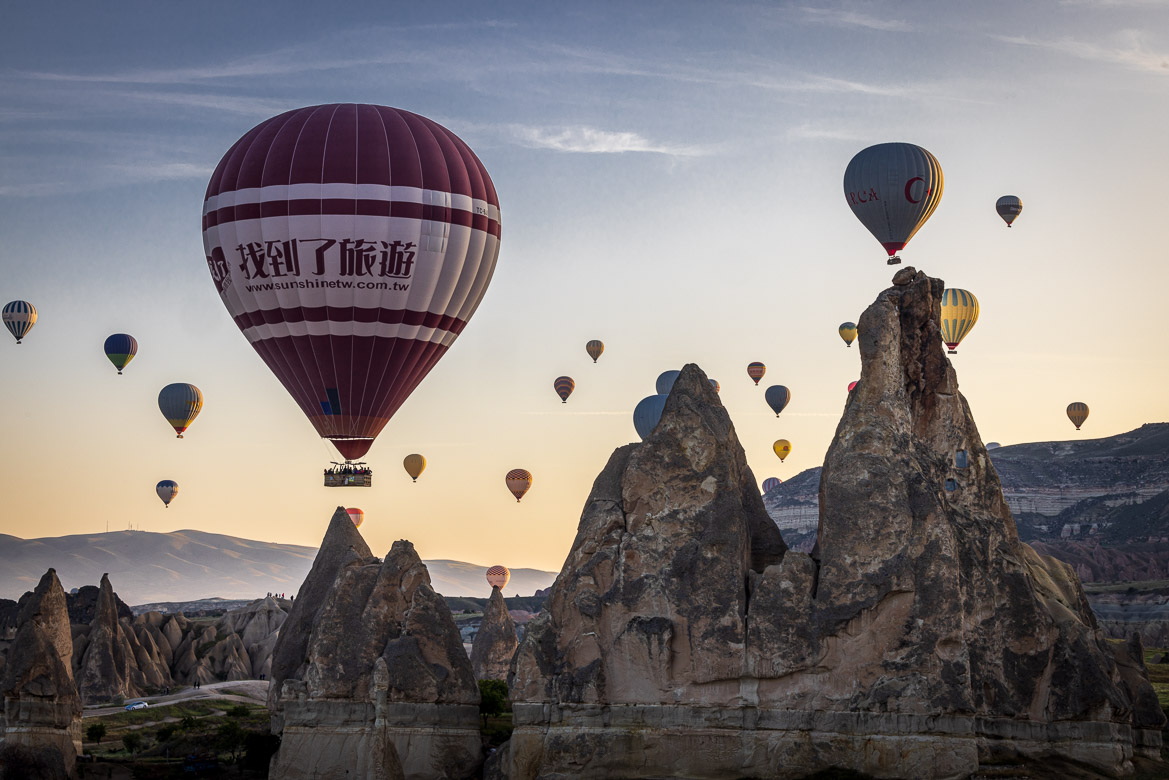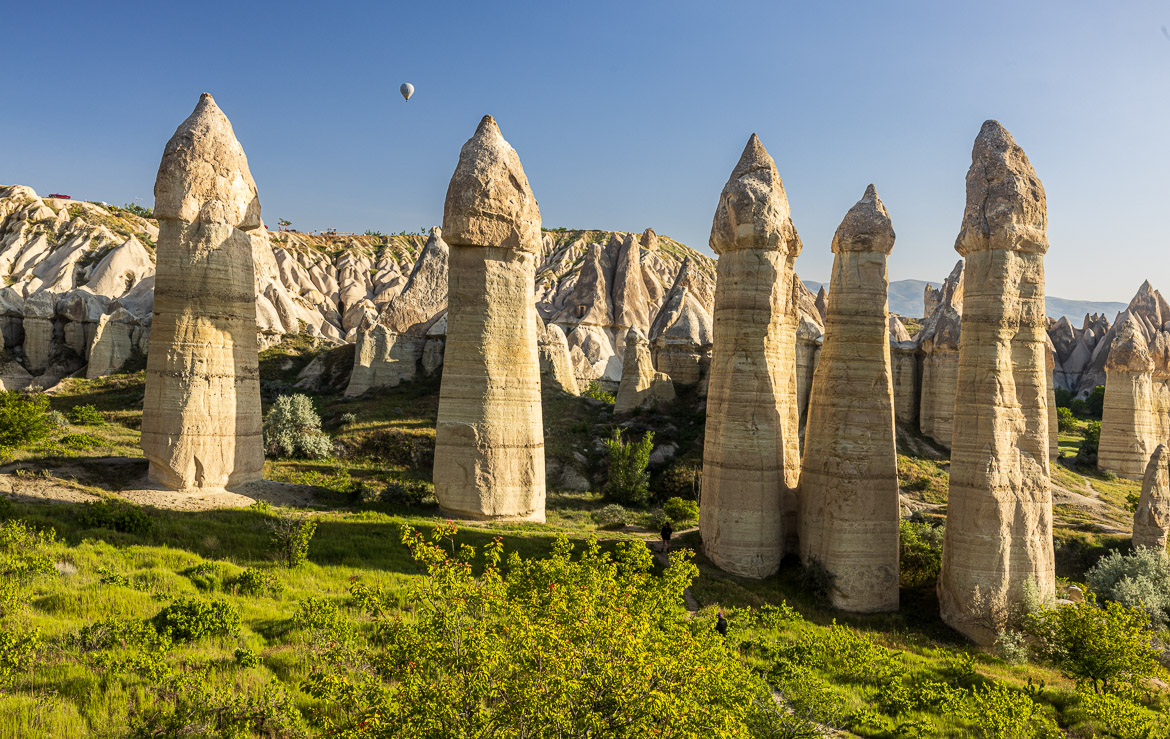
Cappadocia lies in eastern Anatolia in the heart of what is now Turkey. It is on a plateau over 1,000 metres in altitude that is pierced by volcanic peaks of which Mount Erciyes (the ancient Argaeus) is the tallest at 3,916m above sea level.
Mt Erciyes and several other mountain peaks were active volcanic cones spewing out lava and ash over the plains of Cappadocia some 30 million years ago. The ash solidified into soft rock, tuff, and over time the tuff eroded with the help of wind and water, creating valleys. Where the tuff is mixed with harder rock, usually basalt, the harder material remains on top protecting the softer tuff underneath. That caused large cones to form of tuff with a layer of basalt on top.
The tuff is constantly eroded until the cones are very narrow and high and finally the underpart is eaten away to such an extent that it can no longer hold the “basalt hat” on top, but the whole thing collapses under its own weight.
Legend has it that these unique shapes were made by fairies, who lived underground and the pillars with their Hats were the fairies chimneys. And in some areas the formations resemble phalluses, like on the image above here.
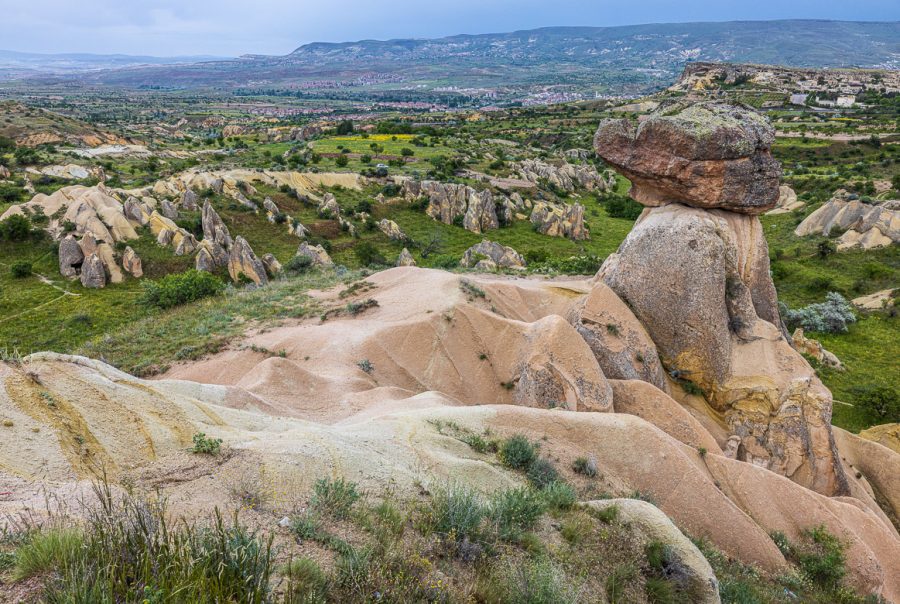
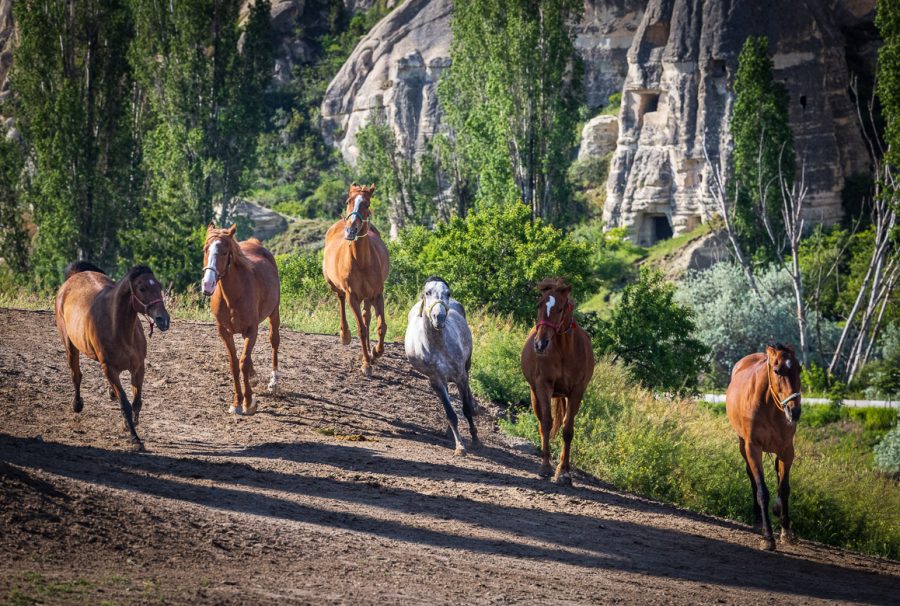
But it isn’t only the landscape that is fascinating. Cappadocia has a rich history. The first Christians came there already in the first century after Christ. And due to persecutions, the villagers protected themselves by building whole cities underground. And Christians, first protecting themselves from the Romans and later from Moslem invaders had cave churches and monasteries built as well as homes in the caves. All of it made possible by the soft stone, the tuff, that could easily be cut into cave dwellings, assembly halls, churches and even as I said whole underground cities.
Jennifer and I visited the area in May this year and teamed up with a guide and a photographer to try to document it and learn as much as possible during a short but very intensive week. I am going to present the story of it in the coming weeks and start with the landscape itself and will continue with the cave churches and underground cities and the famous horses, which are an integral part of Cappadocia.
The name “Cappadocia” dates back to Persian times, when the region was called “Katpatukya” meaning “Land of Beautiful Horses”. And the yilki horses are very gracious, when they gallop, although I had to be assured that they would turn away from me in the last moment, when I was standing and catching them racing towards me.
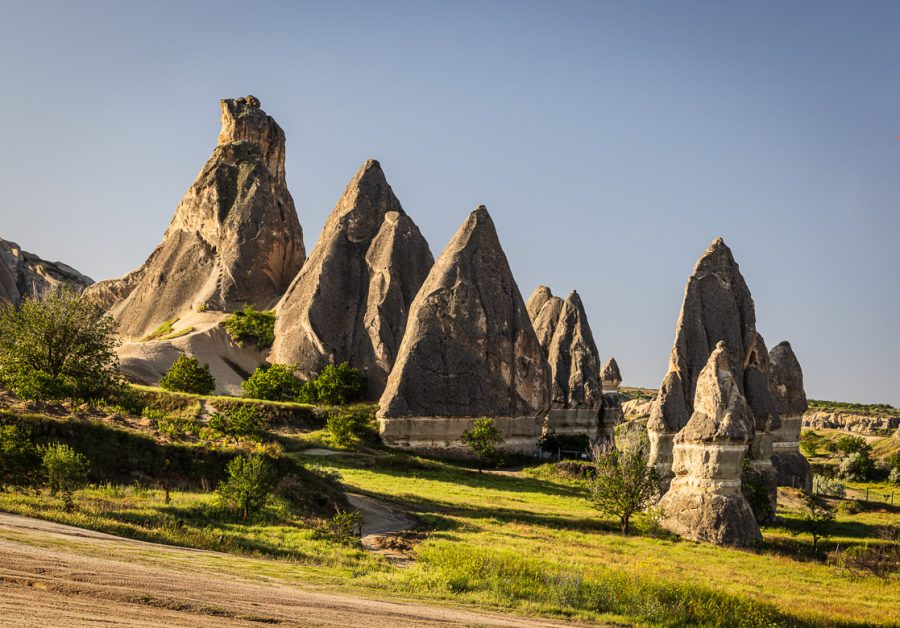
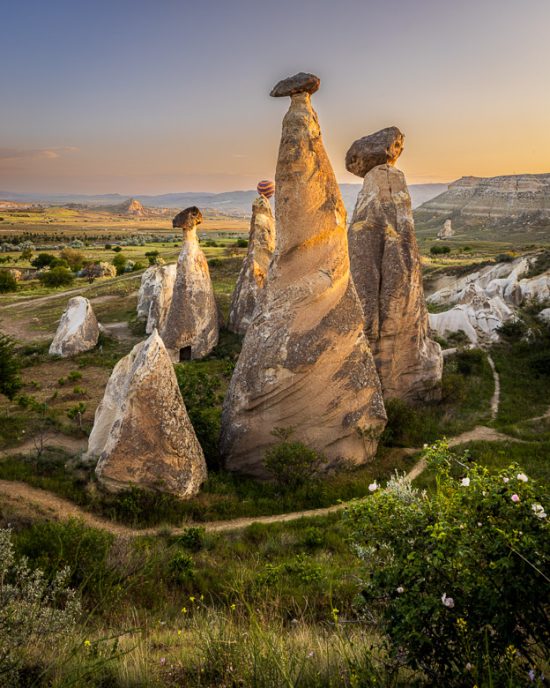
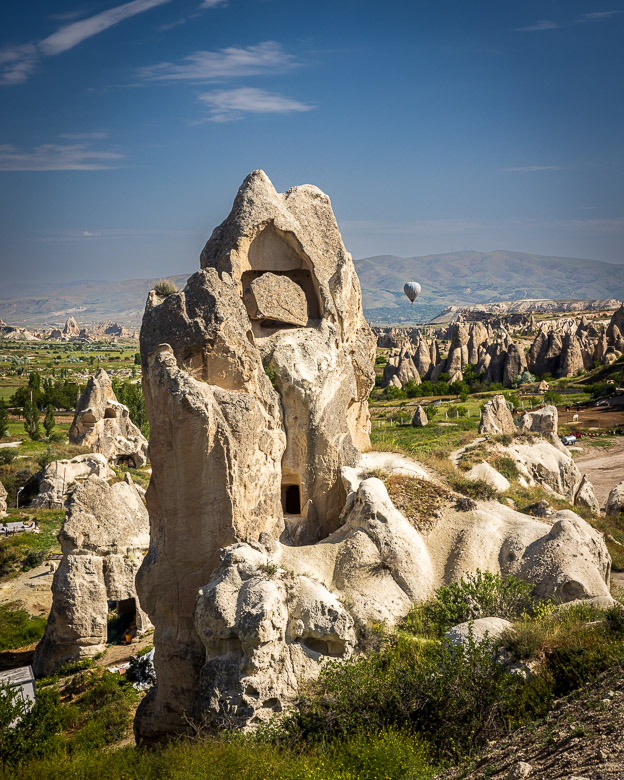
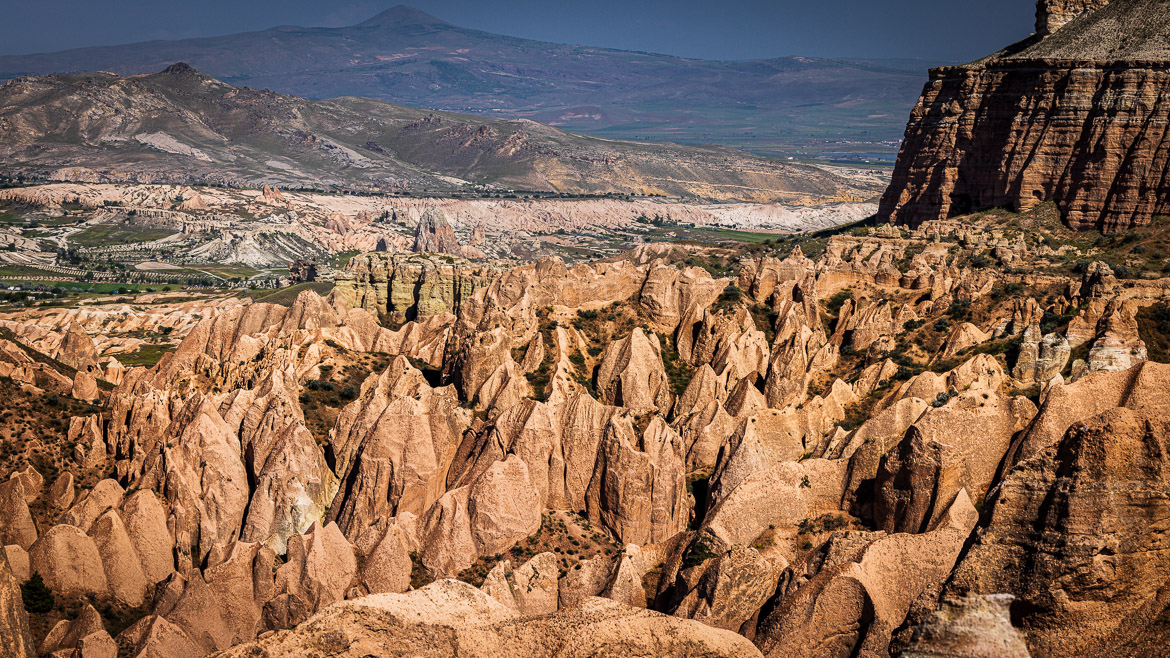
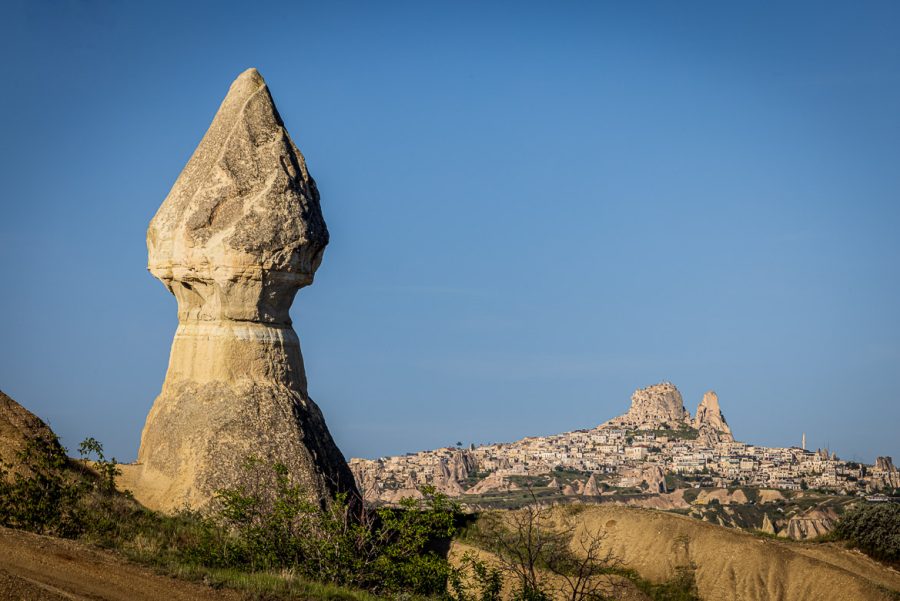
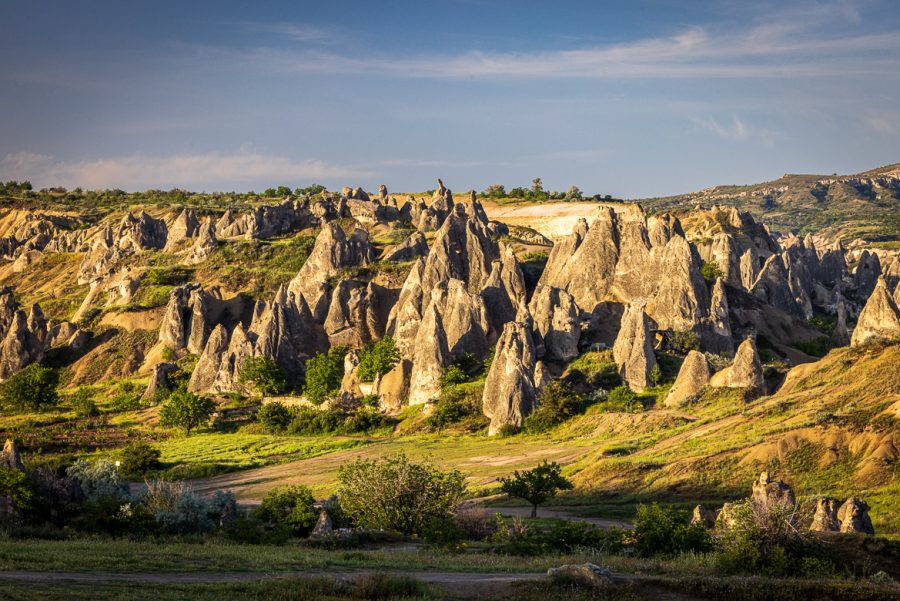
One of the tourist attractions in the region is a tour by balloon in the early morning. More than 150 balloons ascend each morning to take tourists to see the landscape from above and it is beautiful. And out for photography in the morning it is sometimes impossible to avoid the colourful balloons gliding above the spectacular landscape.
